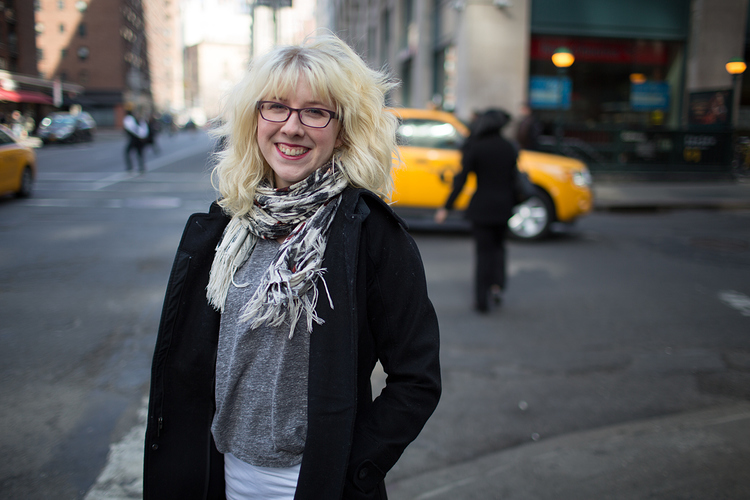The Creative Independent interviews urban anthropologist Katrina Johnston-Zimmerman, whose work aims to flesh out what a “feminist city” might look like. Observing that cities as we know them today were designed almost exclusively by men, Johnston-Zimmerman suggest that a feminist city might be a place where social interaction is prioritized over commerce. Here’s an excerpt from the interview:
Observing people in cities is your job. What fascinates you about it?
I have a background in anthropology and urban studies and I’m interested in one very specific thing: how do we relate to our environment and how does it influence our lives? I had my a-ha moment when I realized that we have not always lived in cities. We have been urbanized for like 30-seconds of a 24-hour day. Now, we are a majority urban species with most people on this planet living in cities and that’s only going to rapidly increase over time. We need to look at our cities as our habitat, not as some company-owned, capitalist machine. It’s an ecosystem and we need to be thinking of it like that.
I decided to focus on public space, which is defined as the space between buildings. Everybody moves through it or lives in it, because depending on who you are, it could be your home. It’s where we meet people and interact. Public space impacts our health in so many different ways. We’ve been able to measure that just walking by a park can dramatically improve your quality of life. When you walk by a tree or just see a tree outside the window, your levels of good hormones spike. This is a scientific thing we know about, but our cities are not governed by our knowledge of them.
You’re specifically an advocate for women-led, feminist cities. What inspired you to start doing this kind of work?
I came across Holly White and Jane Jacobs, who were pioneering urbanists in the ’60s. They weren’t called that because they weren’t officially trained. But they saw problems in our cities, and they talked about it. I was inspired by their work and wanted to bring it into the contemporary space.
As an anthropologist, I am a humanist. It’s how I view everything. We’re the same species and are all in this together. But it’s a tricky thing to tackle because cities are messy and humans are messy. So, before you get to humanism, you have to understand inequity. Women are more than 50% of the population and it wasn’t until 1980 that the first woman got her degree in architecture in the US. Our influence over cities has never been felt quite like a man’s. If you look out your window, everything you see was primarily designed and shaped by mostly white men. You have to think about who is in charge of your life, how that impacts your life, and what it would be like if it was different. Our earliest cities seemed to be more egalitarian. Something happened, and for the rest of our time, women have never been in charge.
Image of Katrina Johnston-Zimmerman via anthropologizing.com.
